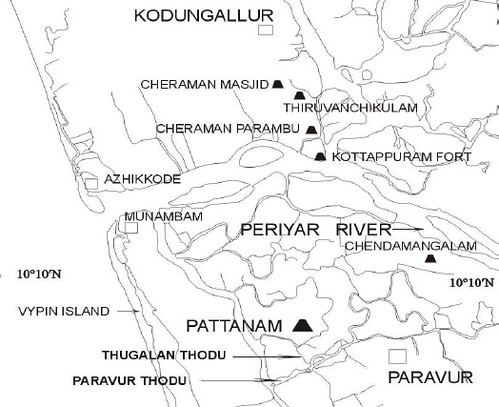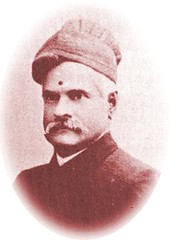While Melpathur was composing Narayaneeyam in Sanskrit, Poonthanam was writing Jnanapana in Malayalam. This was a time when Malayalam was considered inferior to Sanskrit. When Poonthanam went to show his poem to Melpathur, he refused to see it; treating him like a groundling, Melpathur asked Poonthanam to learn Sanskrit.
The next day, Melpathur came to sing ten slokas of Narayaneeyam before Guruvayoorappan and he met a boy who found many mistakes in his composition. The boy vanished and a celestial voice announced, “Poonthanam’s bhakthi (devotion) is more pleasing to me than Melpathur’s vibhakthi (learning or knowledge in Sanskrit grammar)”.
So goes the legend.
Is there any truth to this story or is it something which which was written to show that Malayalam was as good as Sanskrit? Would a Sanskrit scholar like Melpathur make mistakes in his composition.? What we know is two pieces of information about Melpathur from which we will have to deduce information.
While Narayaneeyam is Melpathur’s most famous composition, he also wrote sreepaada saptati in praise of Bhagavathi, Manameyodayam on Mimamsa, and Kriyakramam on nambudiri rituals. Less known is the fact that Melpathur was connected to the Kerala school of mathematics. Melpathur was the student of Achyuta Pisharati (c. 1550-1621) who was the student of Jyestadeva, the author of yuktibhasha. Melpathur is not know for astronomical models or mathematical proofs but, according to Wikipedia, for Prkriya-sarvawom, which sets forth an axiomatic system elaborating on the classical system of Panini. This is believed to be written in sixty days[1].
 |
| Kerala School of Mathematics(teachers and students) |
So would a person, who understood Panini, be sloppy with his work? Maybe. Sreedhara Menon, in his Survey of Kerala History, writes about Revathi Pattathanam, an annual assembly of scholars held in Calicut. Those who displayed exceptional knowledge in debates were awarded the title Bhatta. Melpathur was denied the Bhatta title six times before he won it eventually[1].
There is little information about Poonthanam’s later life, but much more about Melpathur and his royal patrons. But we don’t know anything Melpathur’s first drafts of Narayaneeyam and so it is hard to pin down the narrative historically.
Though Poonthanam’s Jnanappana too is still sung in houses in Kerala, the title of father of Malayalam goes to Thunchatthu Ezhutachan — a contemporary of Poonthanam and Melpathur — who translated Ramayana, and Mahabharata and standardized the Malayalam alphabet [2].
References:
[1] A Sreedhara Menon, A Survey of Kerala History
[2] S. Ramanath Aiyar, A Brief Sketch of Travancore, the Model State of India

